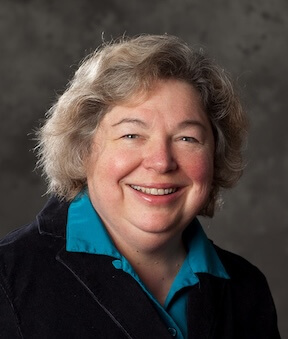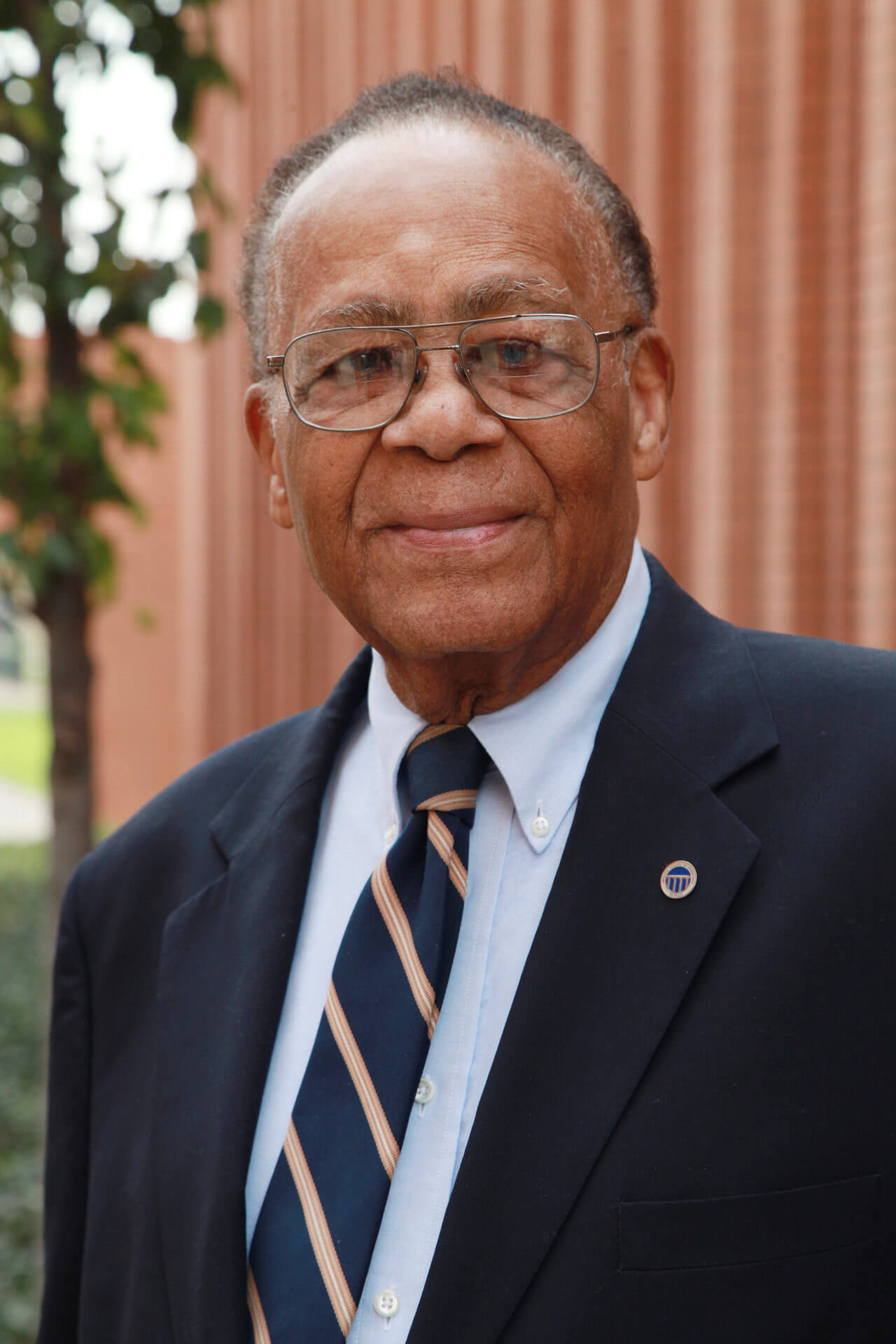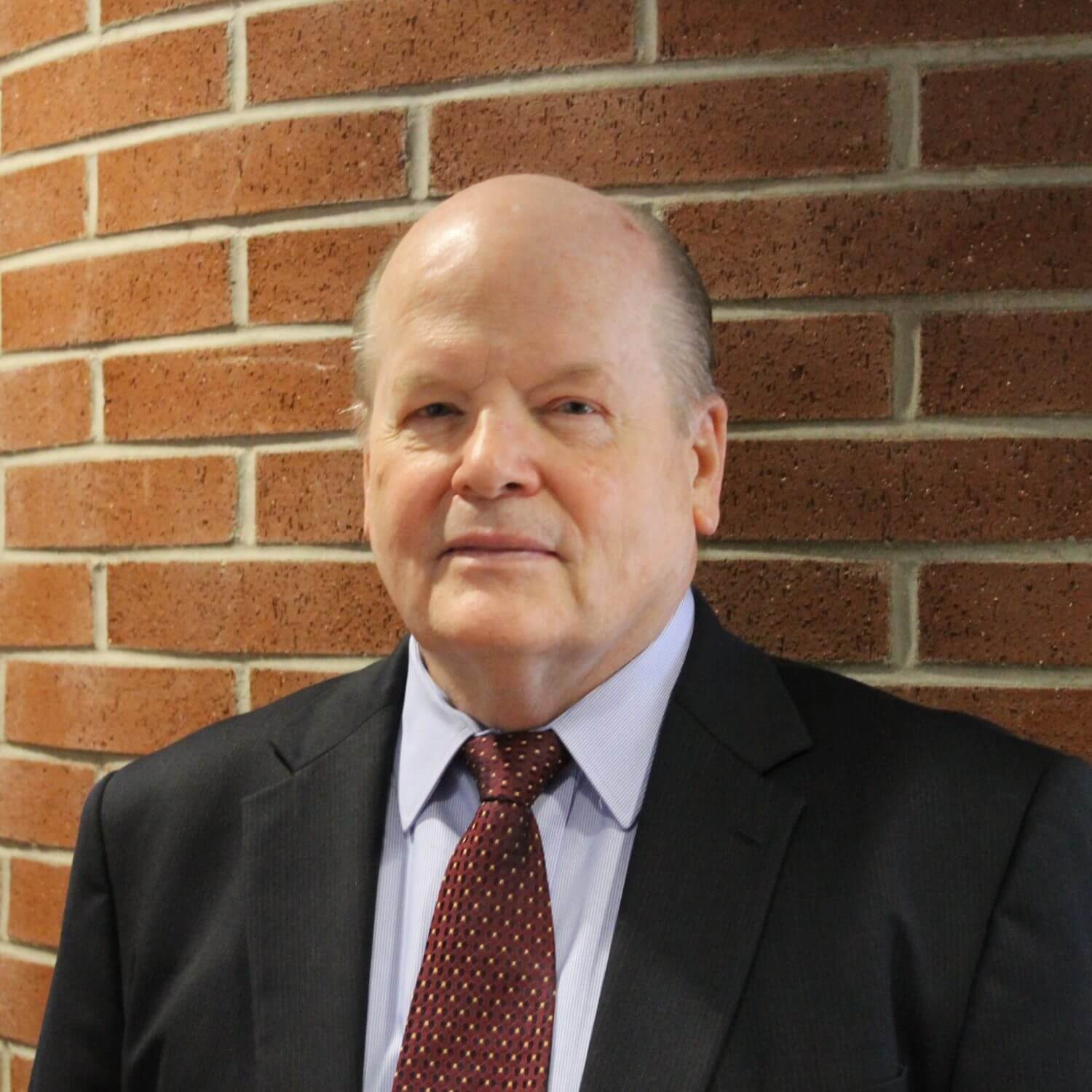Pioneer Series

Alice C. Parker
Professor Emerita of Electrical and Computer Engineering
Wednesday, April 30th, 2025, 4:00 - 6PM, EEB 132
Title: From Silicon to the Brain using Microelectronics as a Bridge
This presentation spans 55 years of my career in science and engineering, from graduate school in the MSEE program at Stanford to final research at the University of Southern California as a Dean’s Professor. My background in electronic circuits laid the groundwork for my final two decades of research in electronics to model the brain, a research interest I had for my entire career but placed on hold due to successes early on with graduate students on high-level synthesis of digital circuits, including system and intranet synthesis. The talk focuses first on high-level synthesis of digital circuits and then on the BioRC Biomimetic Research Cortex, a project focused on building an electronic brain based on pulse and timing circuits.

Ming Hsieh
Entrepreneur and Philanthropist
Wednesday, Oct. 23rd, 2024, 3:30 - 6PM, EEB 132
Title: From Rural Northeastern China to the American National Academy of Engineering: The Transformative Journey of a Young Boy Empowered by Interdisciplinary Electrophysics & Electrical Systems Education
This seminar traces the transformative journey of Ming Hsieh, from his early education in rural Northeastern China to becoming a distinguished member of the American National Academy of Engineering. Hsieh’s passion for engineering began at the age of 14 in 1970, deeply influenced by his father, an electrical engineer and scientist, who was dedicated to bringing electricity to rural villages in Northern China. Beginning his studies in Semiconductor Physics/Devices at Southern China University of Technology in 1978, Hsieh shifted his academic focus after transferring to the University of Southern California (USC) in 1981. Under the mentorship of Professor Kurt Lehovec in the Electrical Engineering (EE) Electrophysics group, Hsieh integrated the disciplines of electrophysics and electrical systems. This interdisciplinary education laid the foundation for his professional career, where he pioneered innovations at the intersection of physics and systems. His work, ranging from deploying large-scale biometric systems to accelerating breakthroughs in biomedical research and cancer therapeutics, demonstrates the transformative power of a unified approach to engineering and science. Through his story, Hsieh exemplifies how a robust, interdisciplinary education can lead to groundbreaking advancements with a global impact.

John Brooks Slaughter
University Professor, Dean's Professor of Education and Engineering, USC Rossier School of Education, USC Viterbi School of Engineering
Thursday, May 5th, 2022, 4 - 6PM, EEB 132
Title: From Kansas to USC: A Surprising Adventure
Growing up during an era in which opportunities were scarce for African Americans, John Brooks Slaughter had a series of unexpected professional experiences, as well as good fortune, that led him to the directorship of the National Science Foundation, the leadership of two educational institutions and culminated in his position as a professor of education and engineering at USC. In this presentation he will talk about that journey, some of the things he learned and the people who helped him on the way.

Paul Daniel Dapkus
William M. Keck Chair in Engineering and Distinguished Professor of Electrical Engineering-Electrophysics, Chemical Engineering and Materials Science, and Physics and Astronomy
Monday, March 5th, 2018, 3 - 5PM, EEB 132
Title: Enabling the Photonics Revolution with Novel Materials Technologies
Since the first demonstration of practical LEDs and semiconductor lasers, the advancement of photonics has been paced by advancements in materials technologies. The early demonstration of ultrathin layers and heterojunctions between materials enabled unexpected new physics, device design ideas and performance improvements that have allowed photonic device technologies to advance dramatically. This, in turn, has made major impacts on many areas of our daily life. Solid state lighting, optical communications and interconnection, industrial laser processing, man-machine interfaces, laser printing, and point of sale equipment are all enabled by the availability of efficient, low cost lasers and light sources that employ so called "quantum well" active regions. These complex structures are manufactured economically through the use of a process invented by H. M. Manasevit in 1967 and advanced over the years by many workers including the author and his colleagues and his students at USC.
In this talk, I will describe my journey from the southside of Chicago through university and industrial research labs to USC. I will highlight research activities in which I have been involved that have contributed to the advancements highlighted above and how the unique environment at USC has facilitated these efforts.


